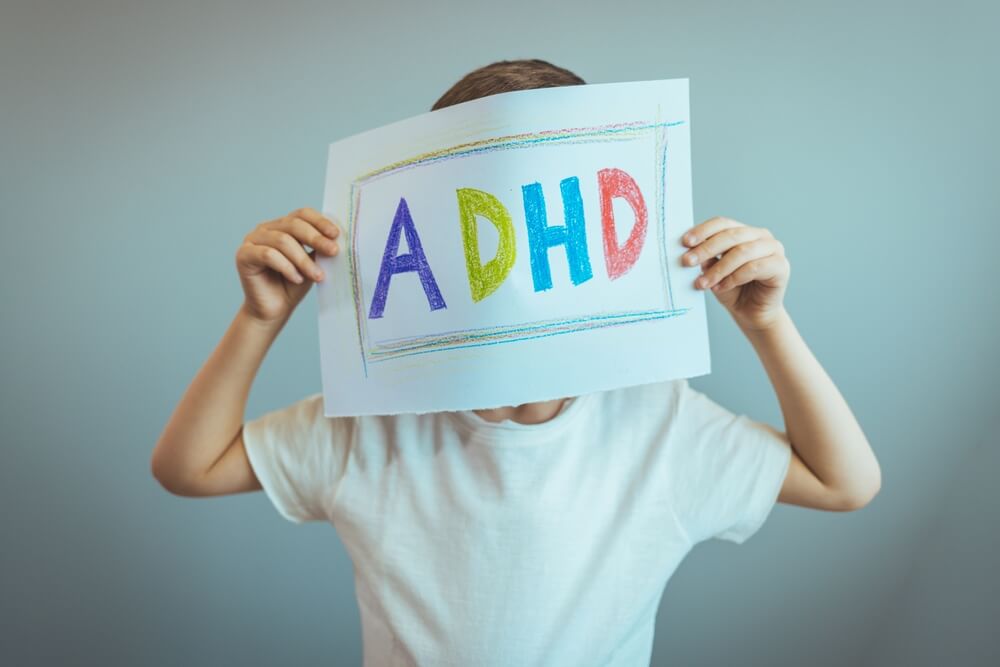
Have you ever wondered why some people handle stress calmly while others react strongly to the same situation?
Or why do some build close bonds easily while others struggle to trust?
These differences are shaped by personalities. Personality depicts the unique way we think, feel, and relate to others. But when these patterns become too rigid and start causing problems, it may be a sign of a personality disorder. It affects how you interact with others and manage your emotions.

Personality disorders are recognized as a group of psychiatric conditions. They involve long-lasting patterns of thinking, feeling, and behaving that are very different from what is considered normal in a person’s culture.
These patterns are inflexible. Yet, they are very disruptive for relationships, emotional control, and daily functioning. People with personality disorders may have ongoing difficulties with trust, emotional regulation, or impulse control.
Symptoms of personality disorder usually begin in adolescence or early adulthood. These symptoms are sometimes so obvious. They interfere with both personal and professional life!
Personality disorders affect about 9–15% of people worldwide, including over 30 million adults in the U.S.
The societal impact of personality disorders in adults is really considerable. Affected individuals often require more emergency care and hospital treatment. Many experience lasting difficulties with employment and daily functioning.
Most individuals with a personality disorder have a coexisting mental disorder. It’s actually very common for someone to live with more than one mental health condition at the same time.
In fact, the National Institute of Mental Health (NIMH) reports that about two out of three people with a personality disorder in the past year also had at least one other mental health condition. These include mood disorders. They also include anxiety disorders and substance use disorders.

The DSM-5 identifies ten personality disorders. They are grouped into three clusters with similar traits.
Cluster A ( Eccentric Disorders)
Cluster B ( Emotional Disorders)
Cluster C (Anxious Disorders)
Each cluster shows distinct behavioral traits. It has specific patterns of prevalence and comorbidity.
Cluster A disorders show restricted emotion. They involve unusual perception and suspicious thoughts. The prevalence is 3 to 5 percent.
The prevalence of Paranoid personality disorder is 2.3–4.4%.
Cluster B personality disorders cause intense emotions. People struggle to manage their feelings. They often act without thinking. Relationships change quickly.
Risky behavior is common. Some may harm themselves, and due to this, daily life becomes difficult to manage..
Cluster C disorders are associated with anxiety, fear, and rigid behavioral patterns. They are the most common group of personality disorders that affect people worldwide.
OCPD or Obsessive Compulsive Personality Disorder is different from OCD (Obsessive Compulsive Disorder).
Personality disorders resist easy diagnosis. Symptoms surface in adolescence or early adulthood. Evaluation demands an expert psychiatric assessment. Structured interviews such as SCID-5-PD guide assessment.
Comorbidity with mood disorders makes diagnosis unclear. The same happens with anxiety and PTSD. Substance use adds more confusion. Misdiagnosis is common when diagnosing personality disorders. Many people get the wrong label before the right one.

Health & Psychiatry is led by Dr. Sajan Dinar and her expert team. We aim to provide comprehensive psychiatric care with a focus on accurate diagnosis. Each treatment plan is personalized. Care is guided by proven, evidence-based methods.
Our expert mental health care services in Florida include:
Recovery is possible with proper treatment. Early intervention is important to manage personality disorders in adults. Well, medication management and ongoing care support long-term improvement.
Mood disorders are episodic. But personality disorders are stable and enduring. They affect personality’s behavior, and thinking.
Yes. With proper psychiatric treatment, many maintain their work. They can sustain relationships and personal lives.



Copyright © 2024 Health & Psychiatry, All rights reserved